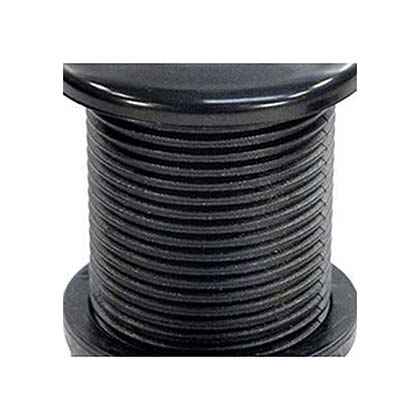Breaking News
Main Menu
Treo T607 Manual Transmission
воскресенье 09 сентября admin 95
To explore all the advanced features of your Sprint PCS VisionSM Smart Device Treo™ 650 by Palm. Welcome and thank you for choosing Sprint. Ii How to Use This Guide We know you’re eager to start using your device right away, and the sections of this guide are designed to help you do just that.
This article is about the 1962-1988 Gladiator. For the 2020 Gladiator model based on the, see. The Gladiator, Jeep Pickup or J-series is a series of full-size based on the large () platform, which was built and sold under numerous marques from 1962 to 1988.
The Jeep Gladiator / Pickup design is noteworthy for remaining in production for more than 26 years on a single generation. The Gladiator was the basis of the first post-war U.S. Army trucks designed to be civilian vehicles and adapted to military use. Numerous versions of the Jeep pickup were built in other markets, including Mexico.
The Gladiator nameplate was revived on a midsize pickup truck based on the fourth-generation. It was unveiled at the Los Angeles Auto Show on November 28, 2018. Long-wheelbase J300 with a hardtop on the bed Introduced in 1962 for the 1963, the Gladiator was a conventional body on frame pickup design that shared its basic frame architecture and front end with the Jeep Wagoneer four-wheel-drive station wagon. Designations were J200 (short wheelbase trucks, up to mid-1965); J2000; J300 (long wheelbase trucks, up to mid-1967); J3000; and J4000, the first model with a longer 131-inch (3,300 mm) wheelbase. Gladiators were available in and, with optional dual rear wheels. A remarkable innovation was the available instead of a solid front axle on the 4WD half-ton Gladiator trucks. It was a simple IFS design with a Dana 44 center section, that proved troublesome, didn’t sell well, and the option was deleted in 1965.
Most likely very few were produced with this option. Gladiator trucks were available as: Cab and Chassis; Wrecker; Stake Bed; and -mounted campers with extended wheelbases. The load bed options were Townside, Thriftside (a 'step-side'), and Stake Bed, with up to 8,600 lb (3,901 kg) G.V.W.
And almost two-ton payload capacity. A new 230 cu in (3.8 L) producing 140 hp (104 kW; 142 PS) was standard.
It was the first production overhead cam engine in an American light truck or SUV and one of the first OHC engines offered by an American manufacturer. Further innovations for four-wheel-drive pickups included optional automatic transmission (an industry first), as well as power brakes, power steering, and just like early post-war Jeeps a for numerous accessories that included snow plows and push plates. In early 1963, changed its name to. During 1965 the 327 cu in (5.4 L) became available. It produced 250 hp (186 kW; 253 PS) and 340 pound force-feet (461 N⋅m) of torque at 2600 rpm. The standard Tornado engine was replaced by American Motors' 232 cu in (3.8 L) OHV.
In 1967 all (RWD) two-wheel drive versions, except for the J-100 panel delivery, were dropped due to poor sales. For 1968, the flared-fender Thriftside models were dropped while a new camper option was added for the J-3600. From 1968 to 1971 Jeep pickups offered the 350 cu in (5.7 L) 230 hp (172 kW; 233 PS) V8 as an optional engine. (AMC) purchased the Kaiser Jeep operations in 1970 when Kaiser Industries decided to leave the automobile business. The Jeep trucks moved to all AMC engines to improve performance and standardize production and servicing. The Buick engine was replaced by the 360 cu in (5.9 L) or 401 cu in (6.6 L).
Sam cooke portrait legend rares. In 1970, the Gladiator's front grille was changed to the same design as the Jeep Wagoneer SUV. This was the truck's first styling change since its introduction. An AMC badge was also added on the grille. Jeep Truck 1971-1988 [ ]. J20-based Ambulance built like a chassis-camper (New Zealand) The Gladiator name was dropped after 1971, after which the line was known simply as the Jeep pickup, or J-series. The pickups were designated as J2000 and J4000 models (the 3000 series was dropped in 1971) until 1973, then as J10 and J20 models from 1974 to 1988.
